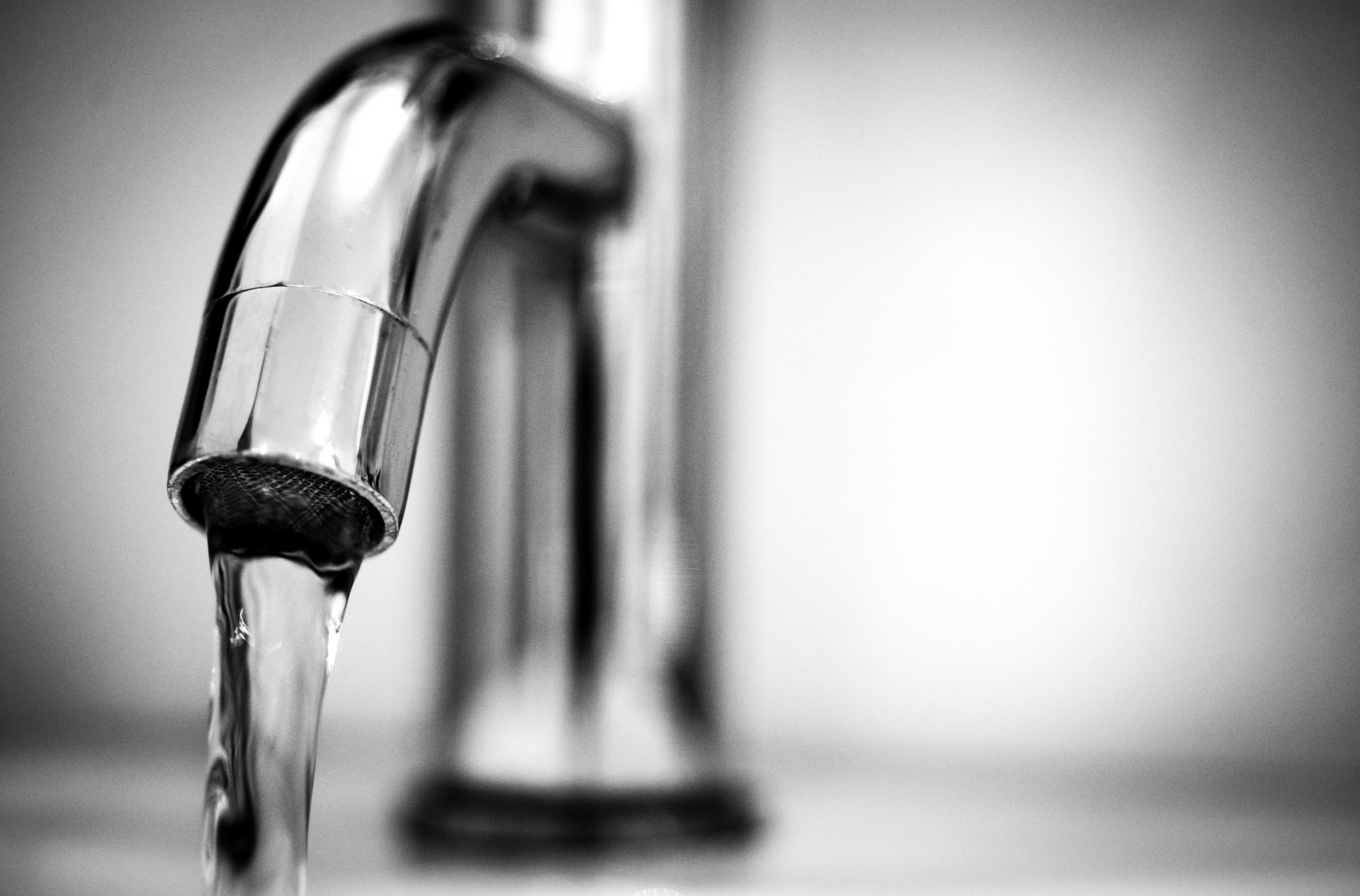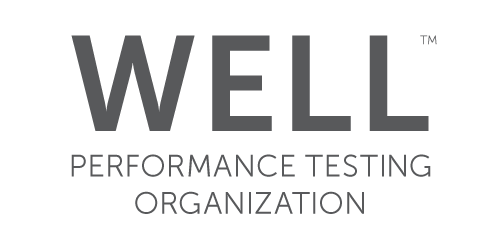
18th
Australian Drinking Water Guidelines (2011) - Updated August 2018
The Australian Drinking Water Guidelines (ADWG) were created as the definitive reference to both the water supply industry and general public as to what defines safe, good quality water and how that standard can be achieved.
The guidelines specifically address the health aspects of supplying good quality drinking water as well as the aesthetic/appearance of the water.
Originally created in 1972 by the National Health and Medical Research Council (NHMRC), with the most recent edition created in 2011, the guidelines were developed based on evidence from the science community and provide a framework for good management of drinking water supplies to ensure safety at point of use.
The guidelines are subject to regular revision to ensure they represent the most up to date scientific data available. This latest update comes after a review conducted by Food Standards Australia New Zealand (FSANZ) to determine Australian Tolerable Daily Intakes (TDIs) for perfluorooctane sulfonate (PFOS), perfluorooctanoic acid (PFOA) and perfluorohexane sulfonate (PFHxS).
The result was the development of a Health Based Guideline Values and a Fact Sheet on PFAS.
You can download the updated version of the Australian Drinking Water Guidelines from the National Health and Medical Research Council website.
Categories
Recent Posts
Changes to the workplace exposure standard for welding fumes
15th Mar
On January 18, 2024, SafeWork Australia made a significant adjustment to the Workplace Exposure Standard (WES) for Welding Fume (not otherwi...
Pseudomonas aeruginosa and the Water Quality Management Plan - it's not just about Legionella.
23rd Feb
Pseudomonas aeruginosa could be responsible for a high burden of disease, and should always be included in a risk management plan....
Navigating the New Norm: Prioritising Indoor Air Quality for Events and Venues
06th Feb
Throughout 2023 there was a surge in venue managers looking to help clients feel at ease in regards to indoor air quality....

















